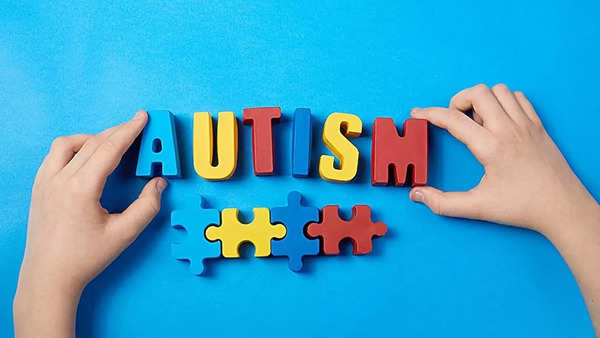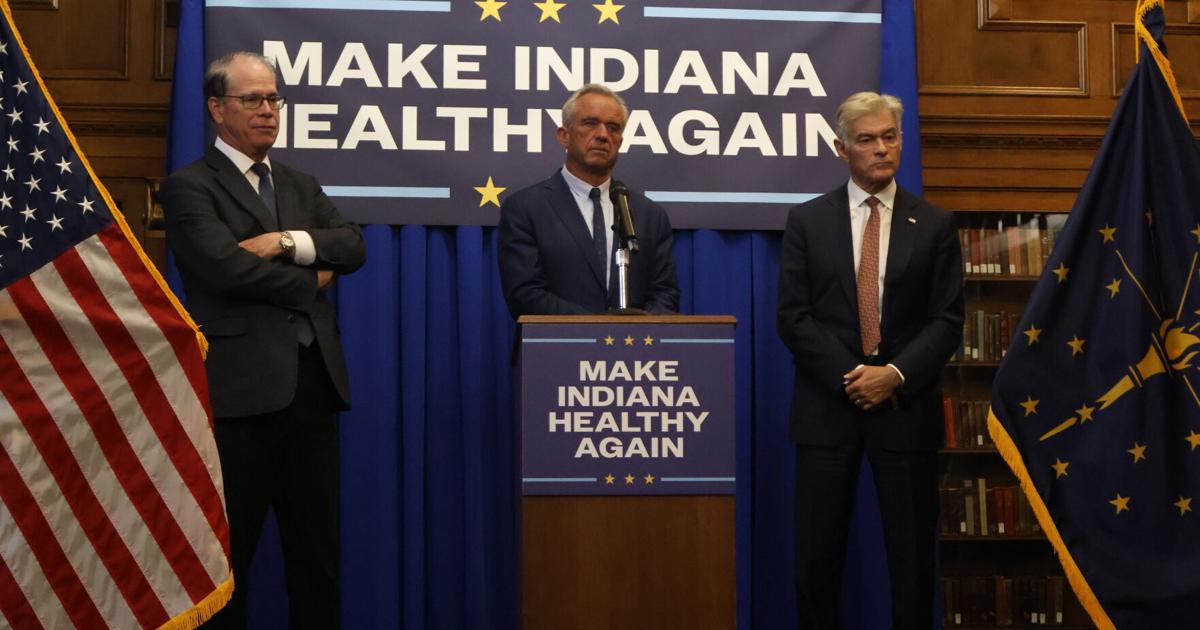
In his first news conference as the US Health and Human Services Secretary on Wednesday, Robert F. Kennedy Jr., said that children diagnosed with autism are increasing at an ‘alarming rate. His comments came just a day after the US Centers for Disease Control and Prevention (CDC) released new data estimating that 1 in 31 American children are now diagnosed with autism, which is ‘shocking’ and a significant spike from 2020. While reflecting on the autism prevalence among Americans, the HSS secretary also stated that autism is a ‘preventable disease’, and also asserted that “we know it’s an environmental exposure, it has to be,” contrary to the findings by researchers and scientists.

Health and Human Services Secretary Robert F. Kennedy Jr. speaks at a news conference about the Centers for Disease Control and Prevention’s latest autism survey in Washington, April 16, 2025. The Autism and Developmental Disabilities Monitoring Network survey reports biennial estimates of autism among children aged 8 years old. (Pete Kiehart/The New York Times)
Though Kennedy has vowed to find the cause of the climbing number of autism diagnoses by September, his description of autism as a ‘preventable disease hasn’t raised concerns. “Autism destroys families. More importantly, it destroys our greatest resource, which is our children. These are children who should not be suffering like this, ” he said.
But is autism preventable? Before we dive into that, let’s take a look at the autism spectrum disorder and its signs.
What is autism?

Autism also known as autism spectrum disorder (ASD) is a neurological and developmental disorder. This developmental disability is characterized by difficulties with social interaction or communication and the presence of restricted interests or repetitive behaviors. These challenges can occur at varying levels of severity. About 1 in 100 children have autism, according to the World Health Organization (WHO). ASD begins before the age of 3 years and can last throughout a person’s life, although symptoms may change over time. Some children show ASD symptoms within the first 12 months of life. As people with this disorder are often at high risk of social isolation, and academic or employment difficulties, and require psychosocial support into adulthood, early diagnosis is crucial.
What are the signs of ASD?
As autism is a developmental disability, people with ASD have challenges with social communication and interaction. Some signs as listed by the CDC include infants aged 9 months not responding to names, and not showing facial expressions. They also exhibit restricted or repetitive behavior such as repeated words or phrases (echolalia), lining up toys and then being upset when the order is changed, and having obsessive interests. Other signs include delayed language, movement, or cognition skills, epilepsy, hyperactivity, or inattentive behavior among others.
Is autism preventable?
ASD is a result of the differences in the brain. According to ASD, some diagnosed with ASD ‘have a known difference, such as a genetic condition’, however, other causes are yet unknown.
WHO notes that, “Available scientific evidence suggests that there are probably many factors that make a child more likely to have autism, including environmental and genetic factors.” While scientists believe that there are ‘multiple causes’ of ASD that act together, the exact cause is yet to be found.
Some factors that increase the risk are genetics, biologic, and environmental factors.
According to the CDC, the following factors raise the risk.
- Having a sibling with ASD
- Having certain genetic or chromosomal conditions, such as fragile X syndrome or tuberous sclerosis
- Experiencing complications at birth
- Being born to older parents
A meta-analysis of twin studies in 2016 suggests that autism tends to run in families, and 60 to 90% of the risk of autism comes from one’s genome. While the cause of autism spectrum disorder isn’t fully understood, and as many studies and health experts emphasize the link between ASD and genetics, the prevention, as Kennedy mentioned, is also unknown. He also stated that “The autism epidemic is running rampant.”
Nonprofit advocacy group Autism Speaks, however, refuted the idea the spike in autism diagnoses makes it an ‘epidemic’ and has called the latest data a reflection of “diagnostic progress,” as reported by The Hill.
The group also noted there could be a link between environmental toxins and autism in certain cases, such as prenatal exposure to the chemicals thalidomide and valproic acid. However, it asserts, “none of these influences appears to ‘cause’ or ‘prevent’ autism by themselves. Rather they appear to influence risk in those genetically predisposed to the disorder.”







